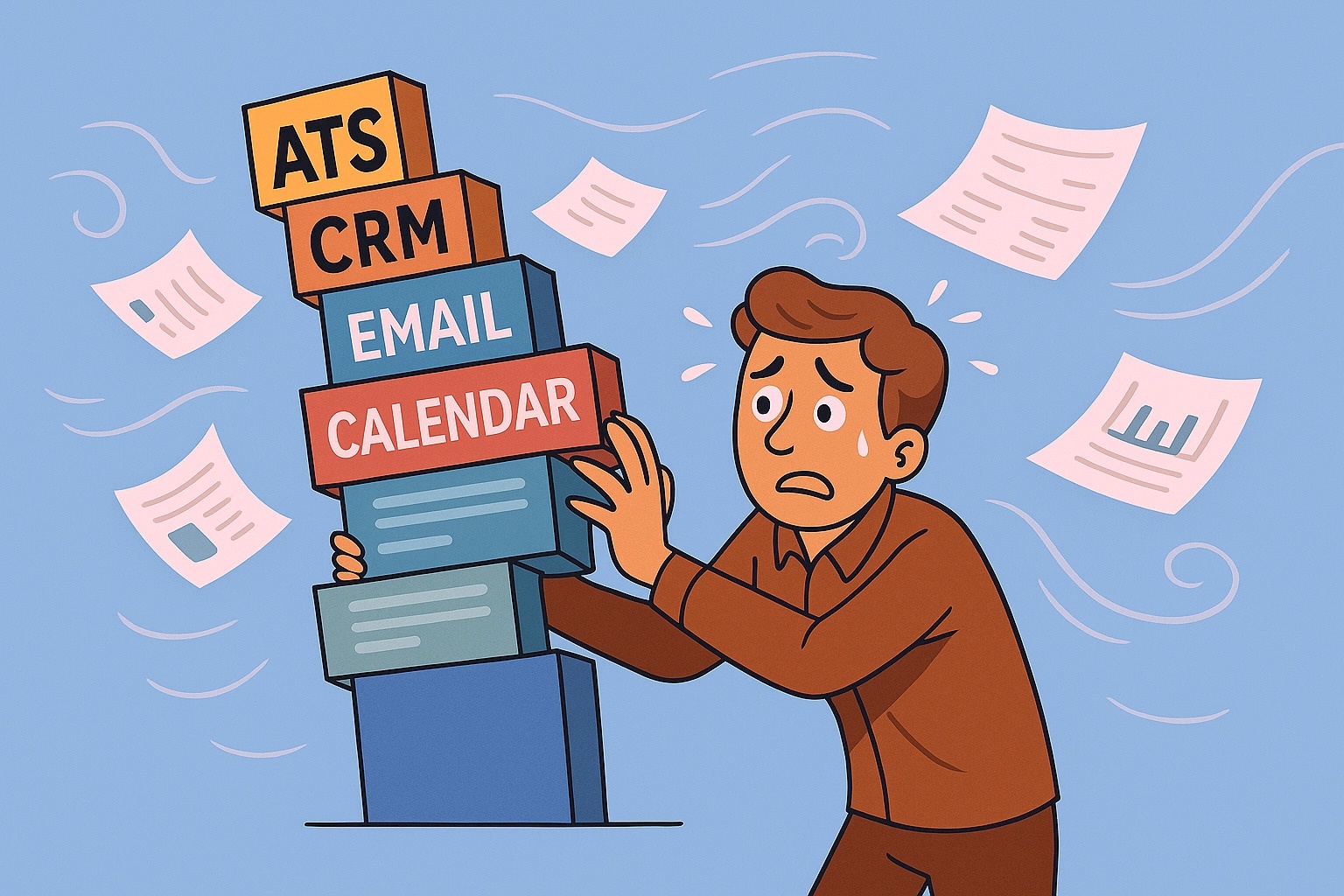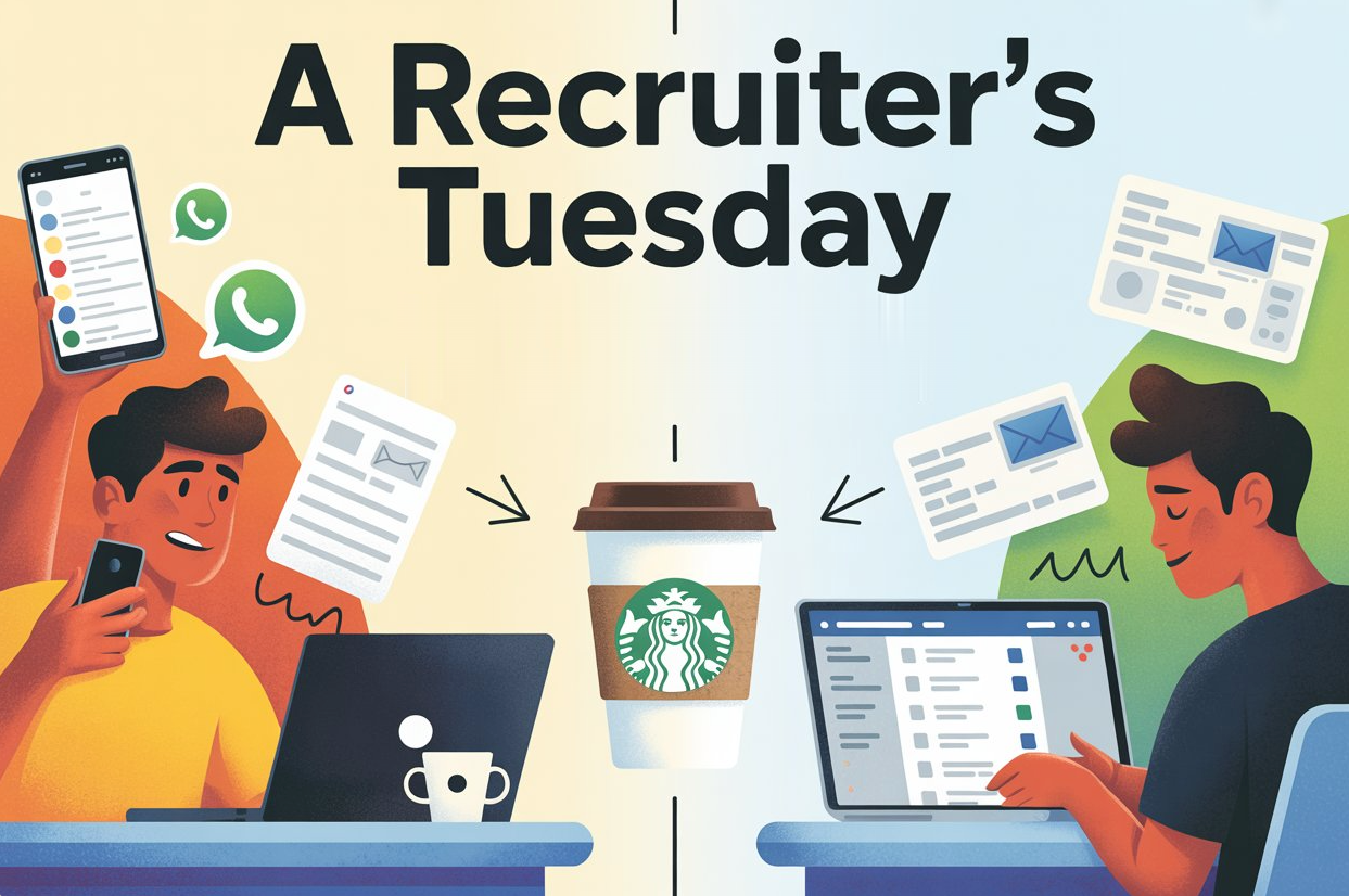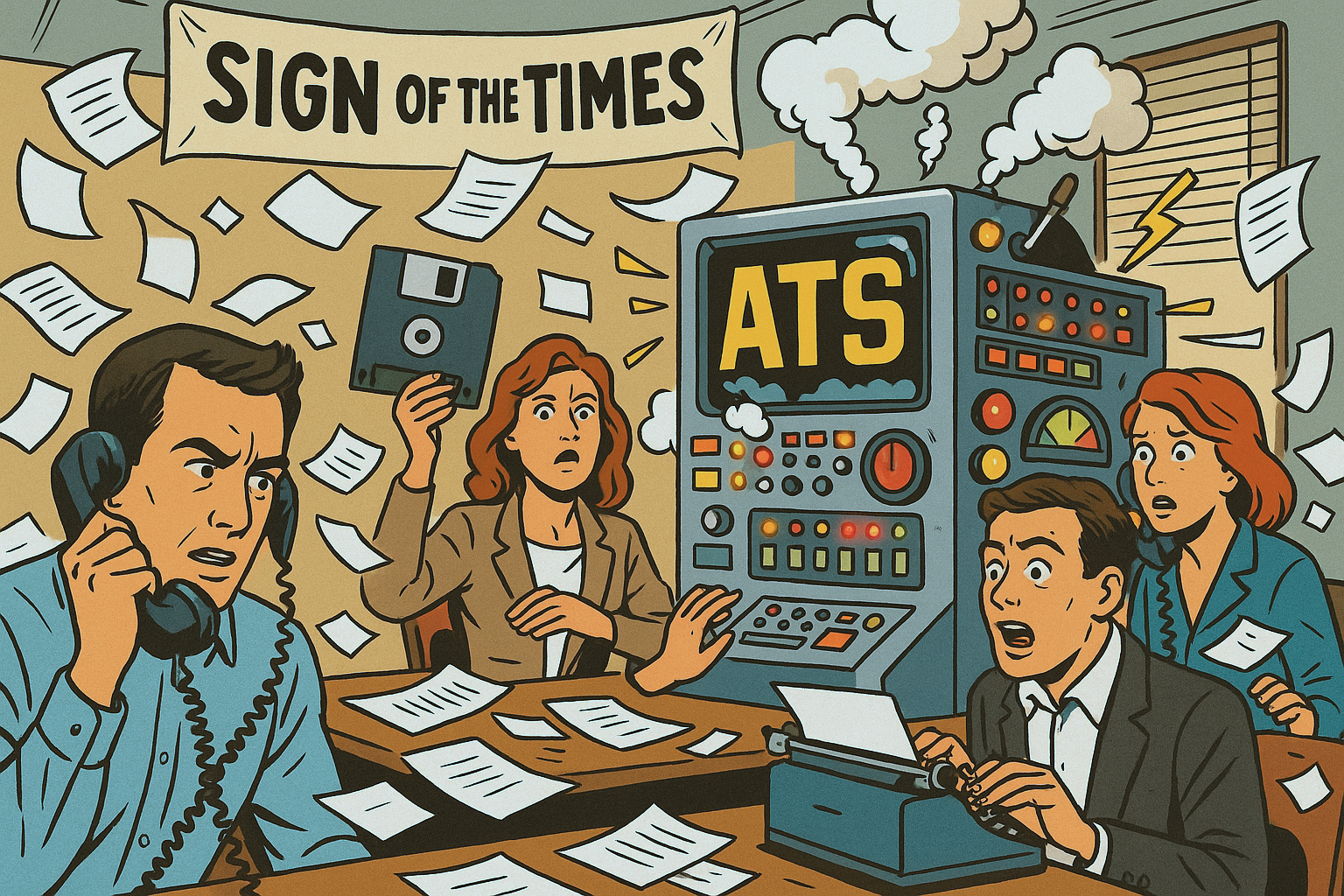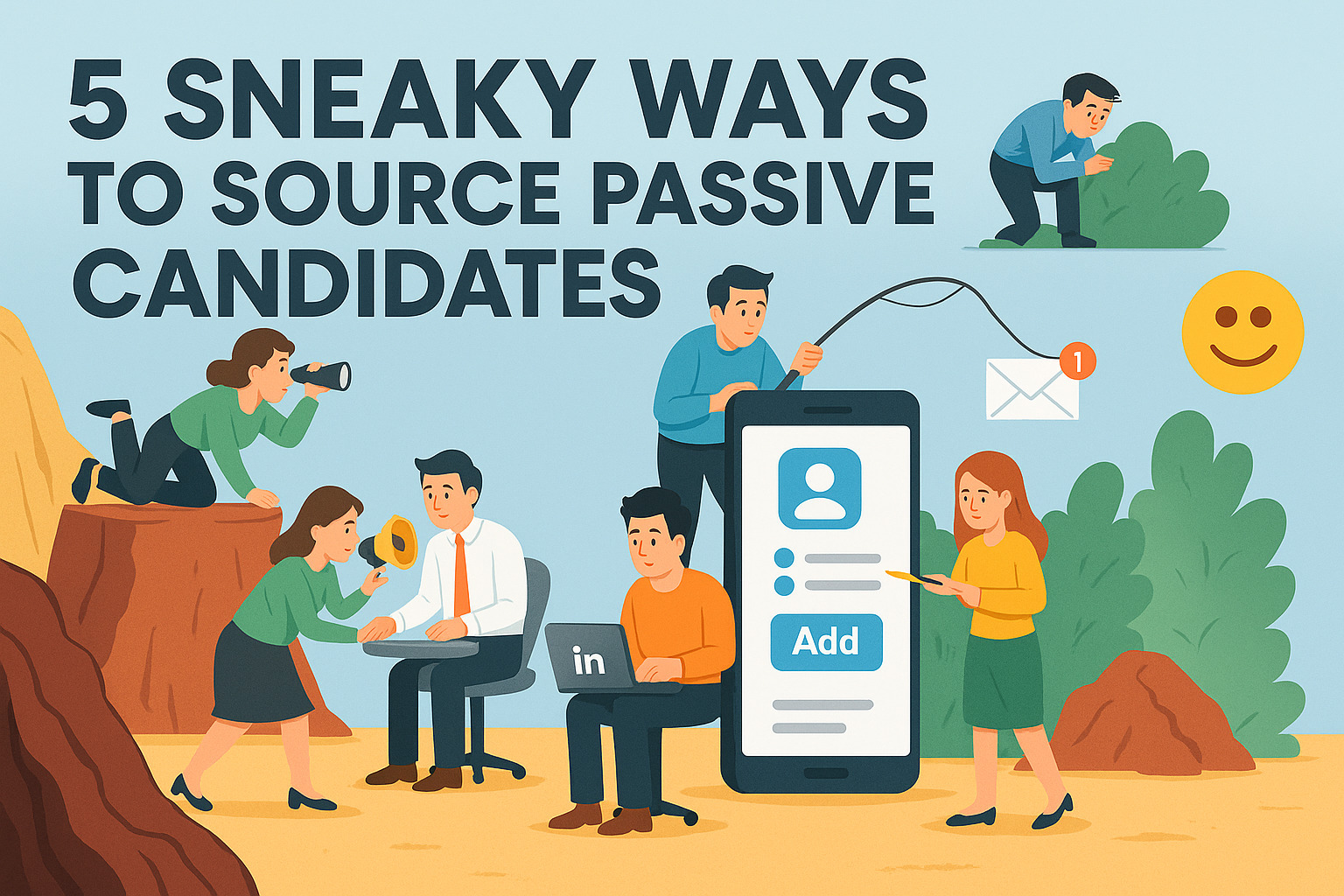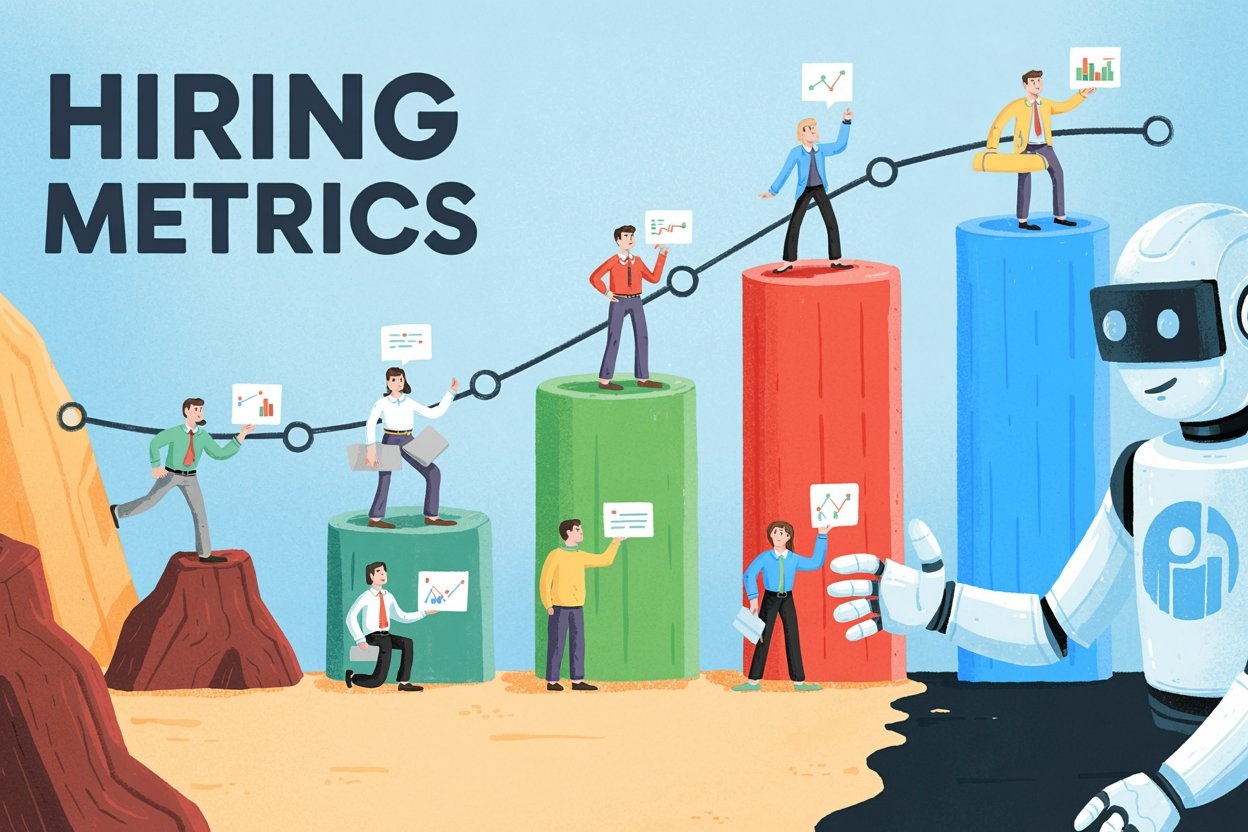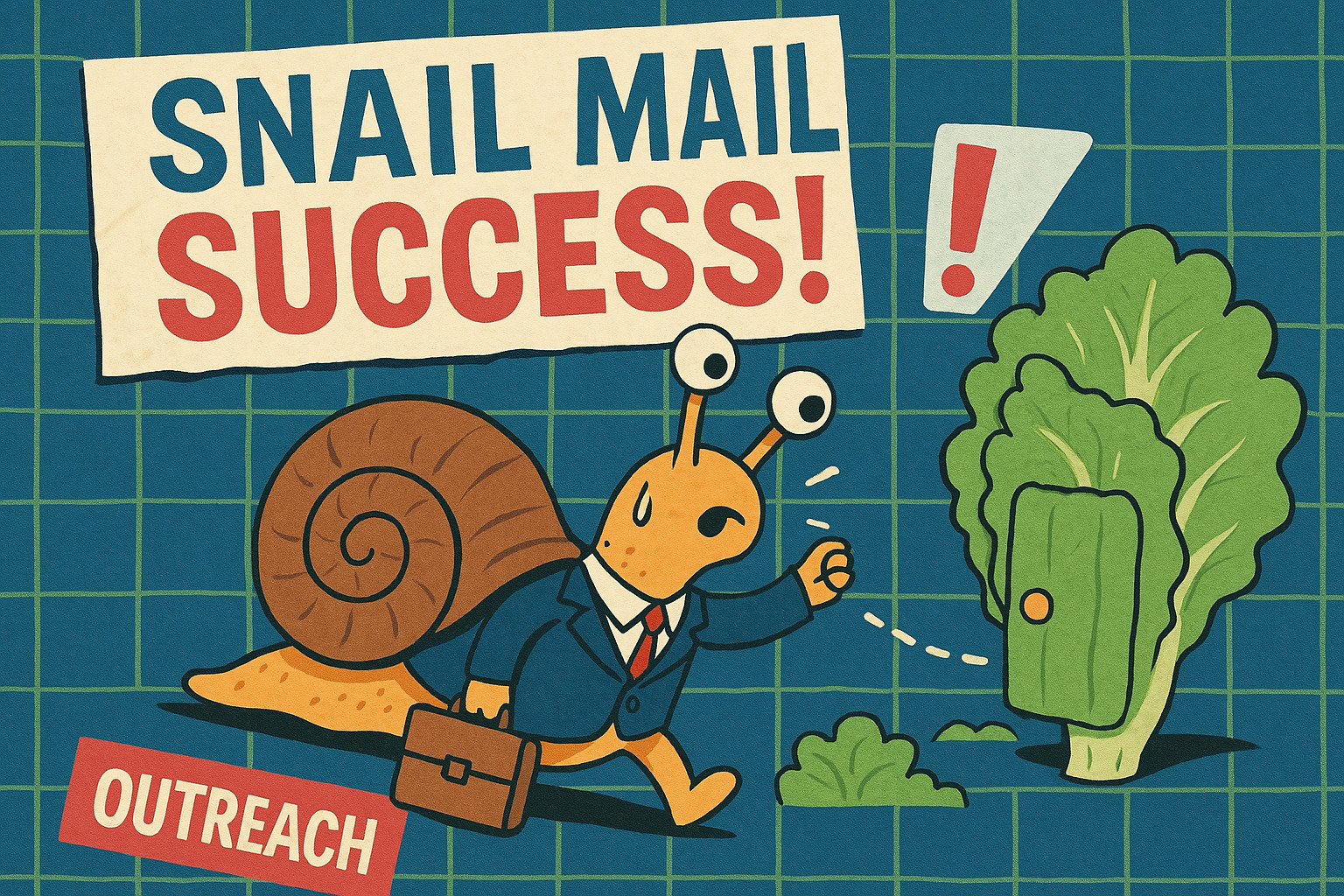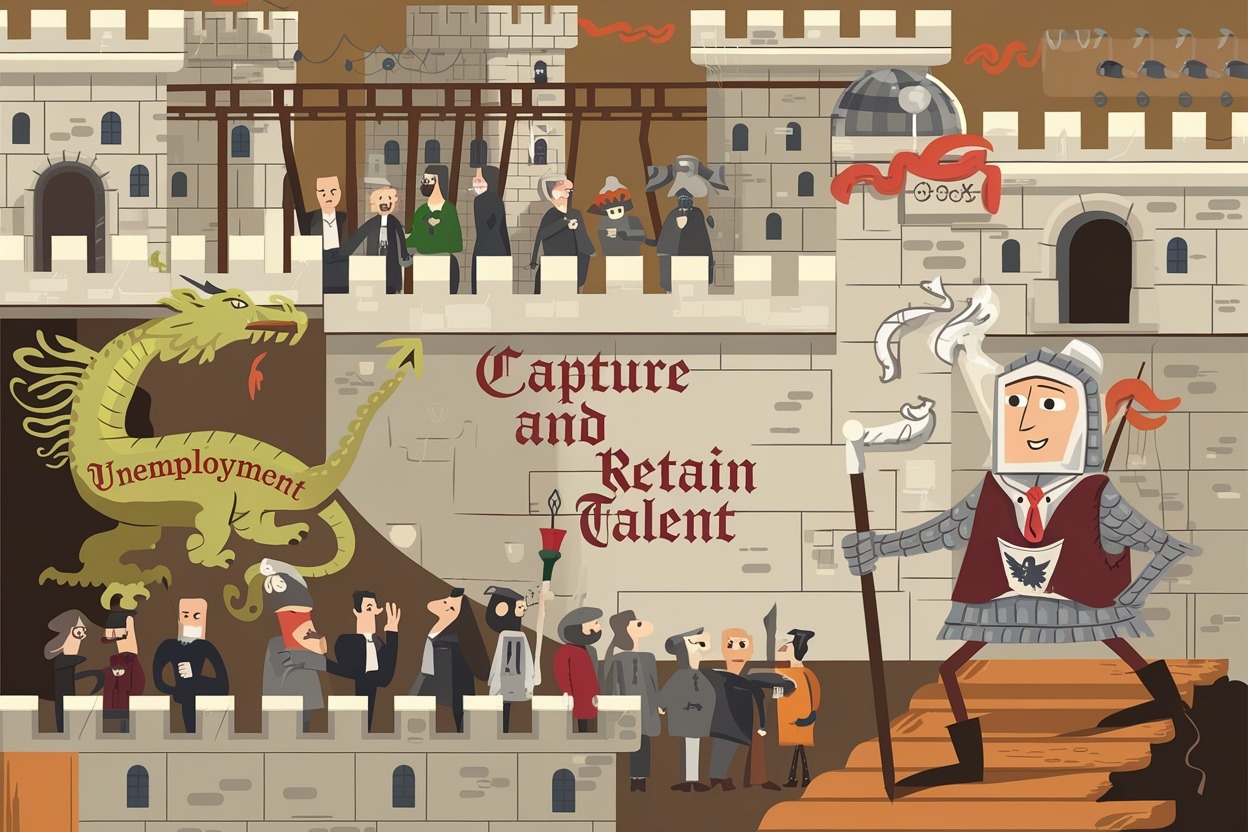When Your Recruiting Stack Becomes a House of Cards: The Hidden Cost of Using Multiple Systems
It’s 9:47 AM on a Tuesday, and Sarah has seventeen browser tabs open. She’s got her ATS in tab one, the CRM system in tab three, candidate emails in Gmail (tab seven), interview scheduling in Calendly (tab twelve), and - wait, where’s that spreadsheet with the compliance tracking?
